Kids take note. We’re about to dump a boatload of cool facts about Antarctica and we guarantee there’s one in this list that you haven’t heard of yet. This freezing continent at the South Pole is filled with amazing animals, extreme weather, cool geography, and brave explorers.
Read on to discover 15 entertaining bits of trivia about Antarctica that kids (and adults) will love. From extreme weather facts to hidden lakes under the ice, this chilly place is full of surprises. Let’s uncover some cool Antarctica fun facts for kids!
#1 – Temperatures in Antarctica can drop below -100 degrees Fahrenheit.
Brrrr! Antarctica is literally the coldest place on Earth. And you thought Buffalo, NY in February was the coldest? Nah. In the winter, temperatures at the South Pole can dip to -100 degrees Fahrenheit. You read that right: 100 degrees below zero. Your breath would freeze instantly. At the Russian Vostok Station, the record low temperature of -128.6 degrees F was recorded in 1983.
The coast stays warmer in summer but is still often below freezing even on the warmest days. With super cold air, fierce winds, and loads of snow and ice, Antarctica stays quite the chilly freezer all year long. Make sure to bundle up in some extra-strength long underwear.
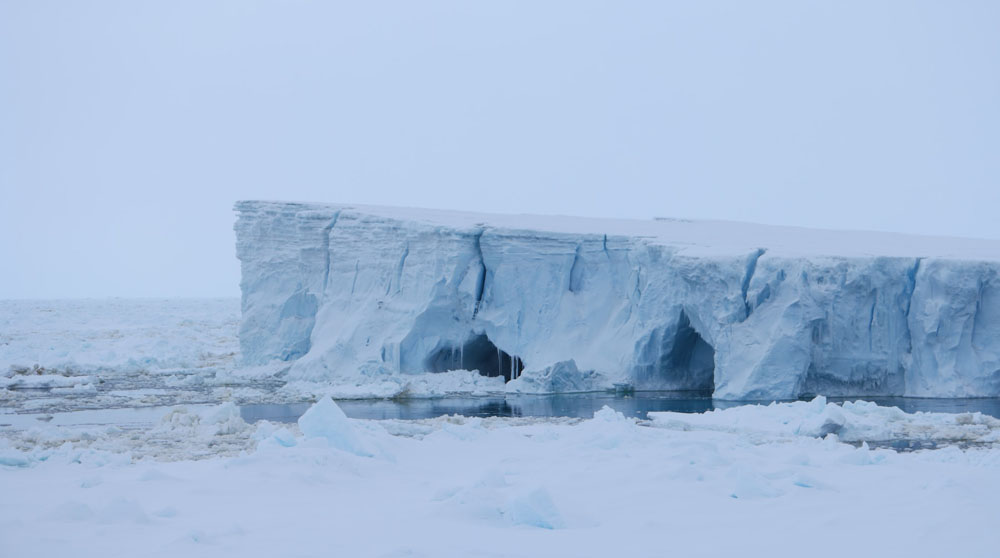
#2 – If all the ice melted, penguins would be in serious trouble.
This is a fun Antarctica fact for kids about the massive amounts of ice: If all the glacial ice in Antarctica were to melt, the water released would cause sea levels to rise over 200 feet! Sounds like fun for penguins, right? Well, not really. In fact, if sea levels rose that high penguins would face a serious threat to their survival due to habitat loss and food scarcity.
Antarctica holds about 90 percent of the world’s freshwater ice. That’s over 5.4 million square miles of frozen water – enough to cover the whole United States in ice up to a mile high. The ice sheet is so heavy it even pushes the land below sea level by hundreds of feet. Good thing it stays well below freezing so it doesn’t all melt. Otherwise, penguins would be in big trouble.
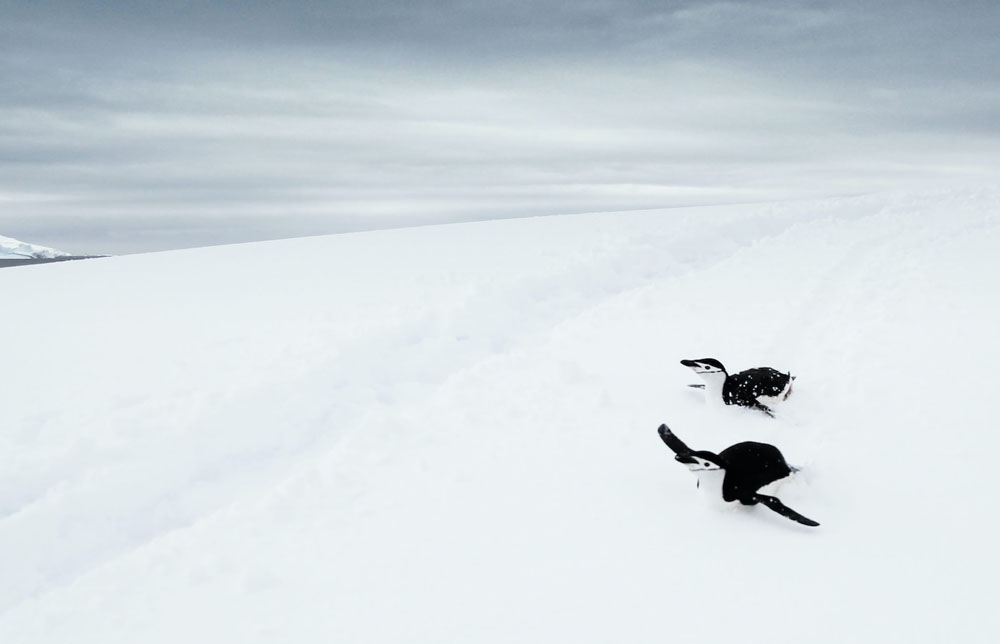
#3 – Antarctica’s ice sheet is over 3 miles thick in some areas.
Here’s an Antarctica fact to amaze the kids: The ice piled up on Antarctica’s surface is incredibly deep. In some places, the ice sheet is over 3 miles (16,000 feet) thick! Over many thousands of years, snowfall would accumulate and get packed into solid ice. Maybe with a pickaxe and some torches you could mine your way down? Doubt it.
However, scientists drill down through the thick ice to study its layers and learn about the variations in ancient climates. And due to the massive amounts of pressure, ice at the bottom gets stretched out like taffy. Exploring Antarctica’s massive ice sheet would be quite an adventure!

#4 – Antarctica is a desert and is the driest place on Earth.
Most kids think that deserts are hot, sandy places. For the most part, they are right. But Antarctica is considered a desert too. How can that be with all that snow and ice? Well, a desert is actually defined as a place with little precipitation. And Antarctica gets less snowfall than any place on Earth – just 6 inches a year in the interior.
So while Antarctica is covered in ice sheets, technically it is a desert. The super cold temperatures and lack of moisture floating in the air allow it to remain the world’s driest spot. Precipitation just doesn’t happen very much! It’s funny, we think of Antarctica as a snowy wonderland but it’s really just mostly ice.
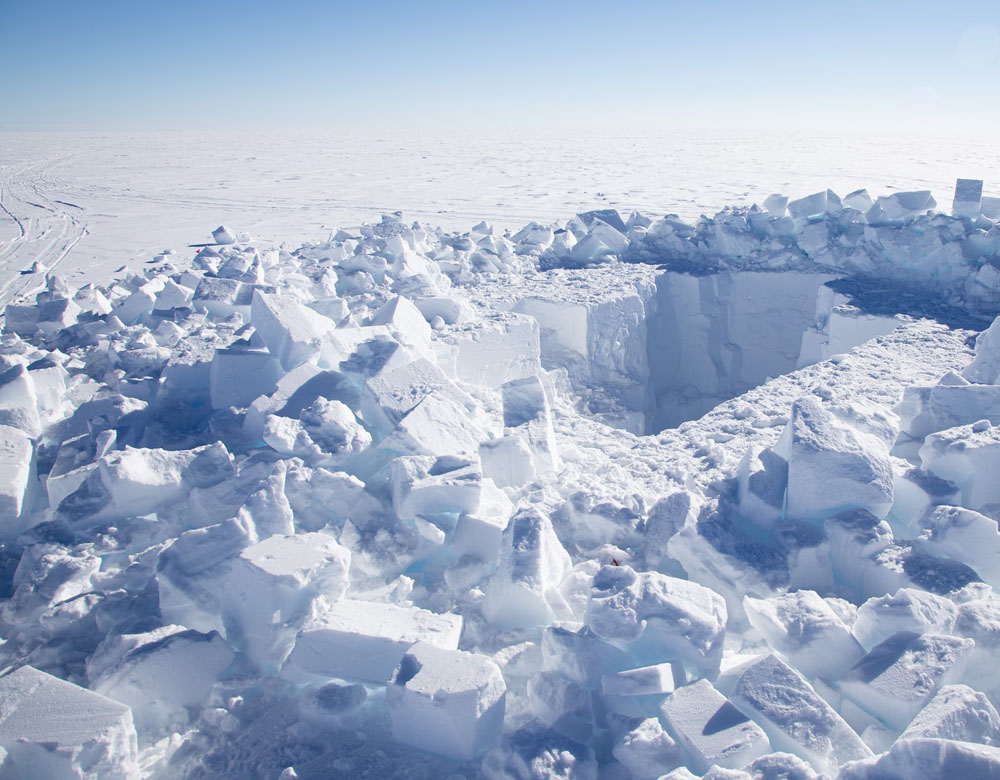
#5 – Penguins make super loud joint noises when they walk.
Here’s an amusing Antarctica fact for kids: Penguins have specially adapted knees that let them waddle and walk properly upright on land. But these knees also make incredibly loud cracking and popping noises as they move them.
This noise comes from air sacs that act like little balloons in their knee joints, cushioning them against the hard ice. Without these built-in knee pads, penguins’ knees would quickly get bruised and injured from so much walking and belly sliding on the frozen ground. Their noisy joints help them thrive as awesome swimmers and walkers.
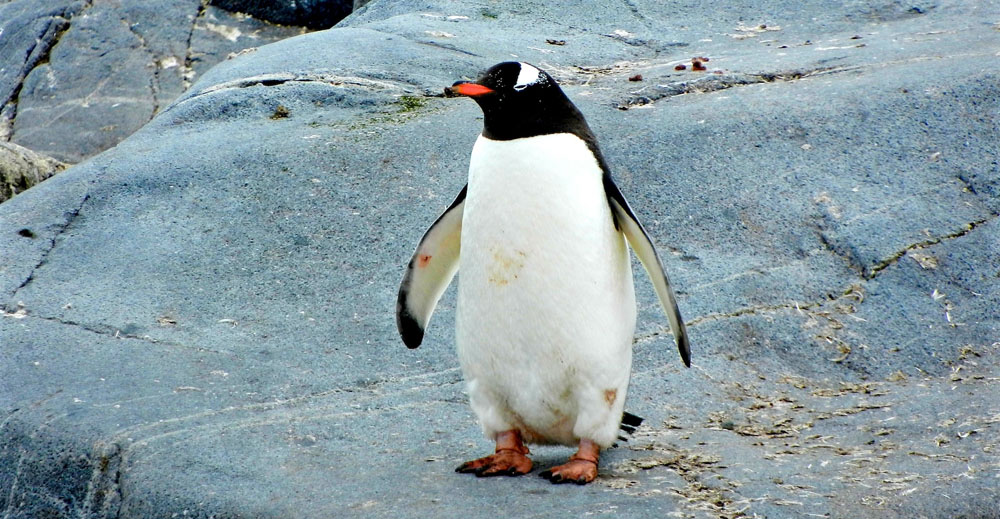
#6 – Mt. Erebus is the southernmost active volcano in the world.
There are erupting volcanoes in Antarctica. Really! Mt. Erebus on Ross Island has had ongoing eruptions for over 40 years, making it the southernmost active volcano on Earth. Steam and gas escape from its lava lake inside the crater.
Visitors to Antarctica can take a helicopter ride to observe the over 10,000 ft. high Mt. Erebus emitting gas plumes from its permanent red-hot lava pool. What kid wouldn’t want to see a real volcano right next to an icy wilderness? Pretty amazing, actually.
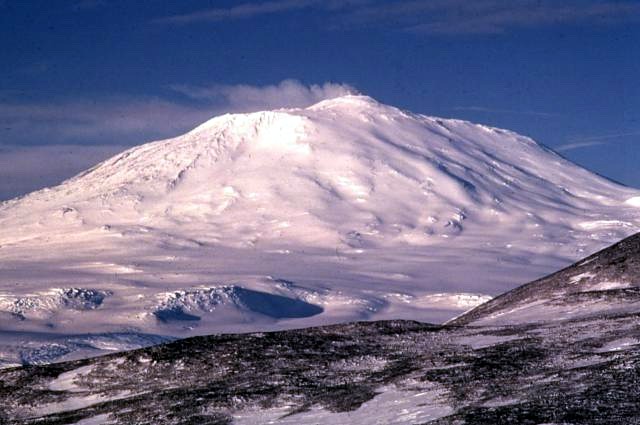
#7 – Woodpecker-like dinosaurs once tapped trees in Antarctica forests.
Millions of years ago, Antarctica had a warm climate and was covered in forests and swamps filled with dinosaurs. Antarctic dinosaur fossils include teeth, bones, eggshells, and even skin impressions.
Some recently identified fossils come from a species dubbed the “Antarctic king.” This two-legged dinosaur pecked tree trunks like a woodpecker with its huge beak. It’s crazy how this temperate climate changed into an icy dreamland over millions of years.
#8 – If you cry tears, they will freeze to your face instantly.
Kids, here’s a crazy fact about the cold temperatures in Antarctica: the moisture in your eyes would freeze instantly if you cried. The salty tears would turn to little bits of ice on your eyelashes and cheeks. Blinking would be a chilly, crunchy experience.
With some of the coldest temperatures on the planet, you would have to be very careful and cover up fully before venturing outside in Antarctica. Otherwise, you might end up with frozen eyeballs and icicle tears. It sounds fun, but I’d be willing to guess it’s actually no fun at all.
#9 – Antarctica is surrounded by crazy strong ocean currents.
Ocean currents surrounding Antarctica act a little bit like a moat, isolating the frozen continent. The powerful circumpolar current rushes eastward nonstop, driven by fierce westerly winds.
These freezing waters swarm with krill that feed the whales, penguins, seals, and seabirds dependent on Antarctica’s rich marine food pyramid. The ocean currents keep Antarctica extra icy, cold, and unreachable, like a fortress surrounded by a giant chilly river.
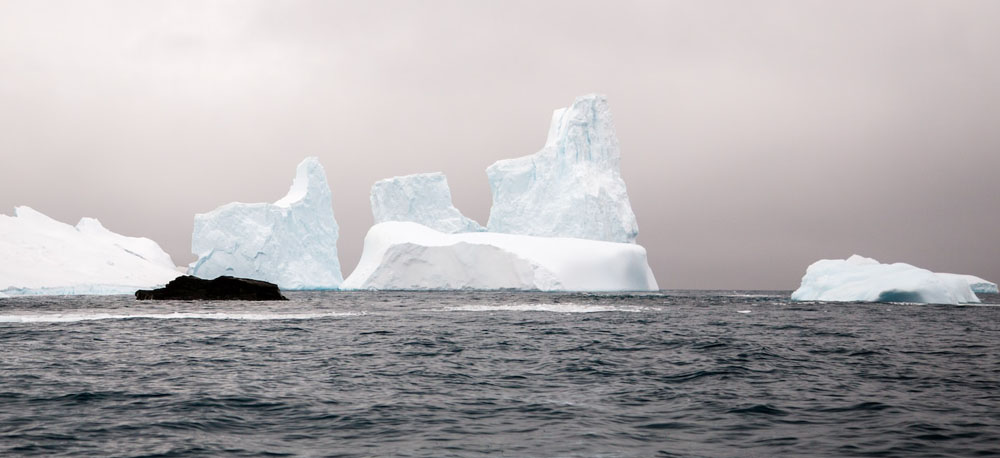
#10 – Many countries operate passenger cruises to Antarctica.
People cannot live in Antarctica long-term, but you can pay to take a ship cruise there. Special cold-water cruise ships from Argentina, Chile, South Africa, Australia, and more, make scenic voyages to Antarctica lasting two to three weeks.
Passengers can go ashore to see penguins, seals, and whales up close or take a boat cruise through icebergs. And since they set sail in the summer months, there’s ample time for daylight viewing of wildlife. No roads go to Antarctica, so tourists must travel by sea or air. Kids can dream about the chance to visit this exotic icy continent.
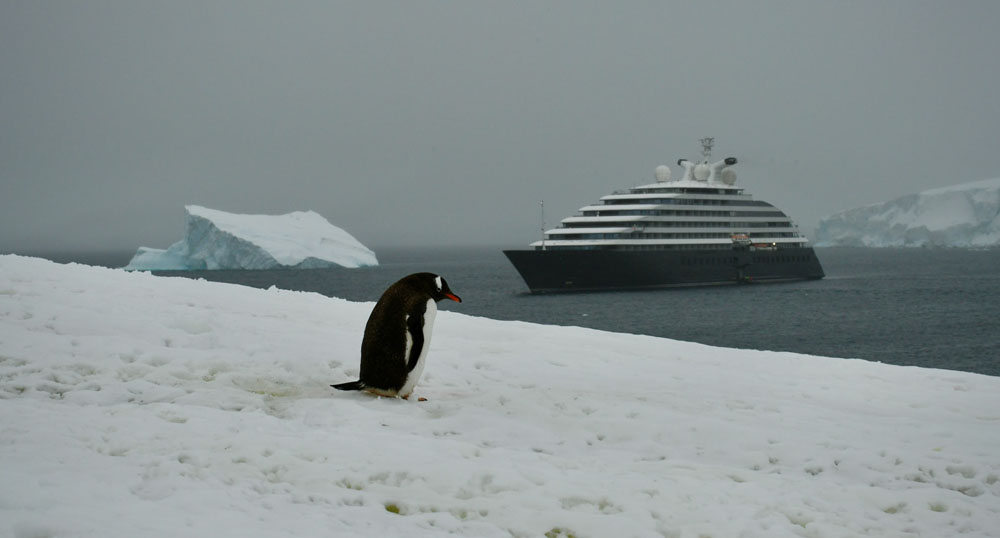
#11 – The Antarctic midnight sun lasts for months.
During parts of summer in Antarctica above the Antarctic Circle, the sun never sets for weeks or months! This phenomenon is called the midnight sun. From November to January, you could read a book at midnight in the natural sunlight.
In the southern winter, it’s the reverse, with no sunrise at all for months – the “polar night.” The tilting axis of the Earth causes these long periods of sun or darkness. Living on the South Pole would take serious adjusting to the endless daytime/nighttime. An eye mask is essential to get sleep otherwise you’re body wouldn’t know what time it is.

#12 – Antarctica has a giant colony of emperor penguins.
Emperor penguins are the largest penguin species. They are almost 4 feet tall and weigh up to 90 pounds! These big birds live in huge colonies on the Antarctic ice to breed and raise chicks.
One colony called Snow Hill Island on the Antarctic Peninsula has over 20,000 adult emperor penguins gathered together. Seen from above, this brownish patch of fuzzy penguins pressed together contrasts sharply with the surrounding white ice and blue ocean. Listening to thousands of penguins squawking away must be very noisy (not to mention hearing their knees pop all the time).
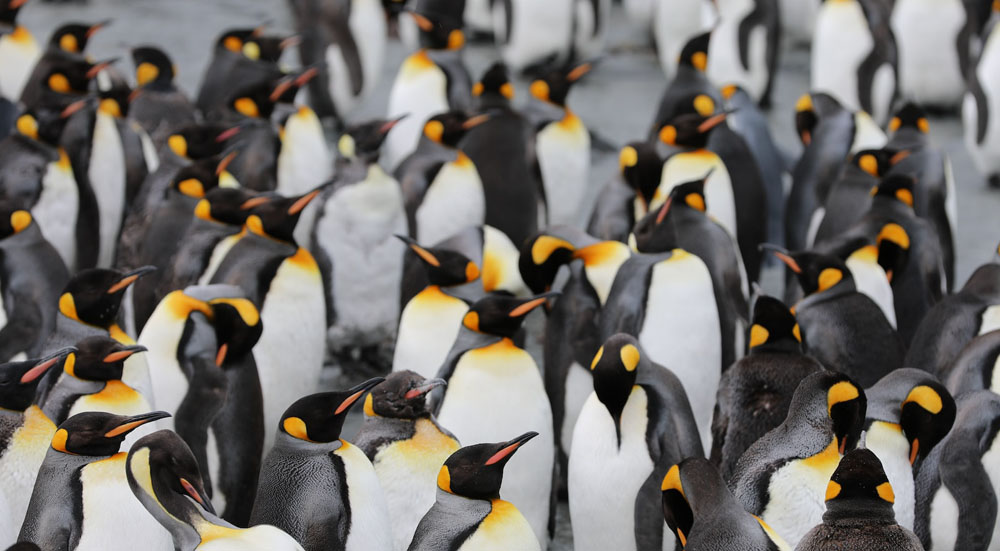
#13 – The first person born in Antarctica was Emilio Marcos Palma.
The first humans born in Antarctica were Emilio Marcos Palma, who was born at Esperanza Base in 1978, and a baby girl born at the Argentine Station in 1984. Emilio has the title of being the first person born on the southernmost continent.
Since Antarctica has no native human population, only scientists are born there occasionally. Can you imagine telling your friends you were born in Antarctica? Being the resident Antarctic expert at school would be so cool.
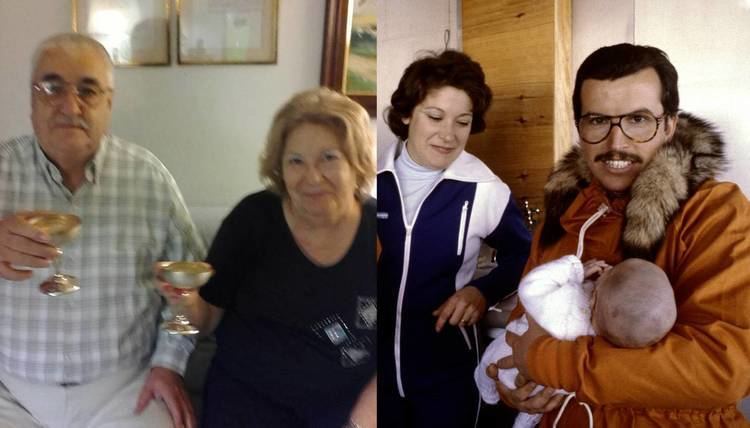
#14 – Mt. Vinson is the highest peak in Antarctica.
The tallest mountain in Antarctica is Vinson Massif, standing 16,050 feet high. That makes it taller than any other peak in the entire continent. For daring adventurers with extra time on their hands, climbing Mt. Vinson’s rocky, snowy slopes would offer amazing views of the frozen landscape.
Each year hundreds of climbers attempt to summit Mt. Vinson. This started way back in the 1960s. Reaching the top of the highest Antarctic mountain to take in the vista would be an incredible experience for kids and adults alike. Just keep an eye out for cracks and crevasses as they are super dangerous.
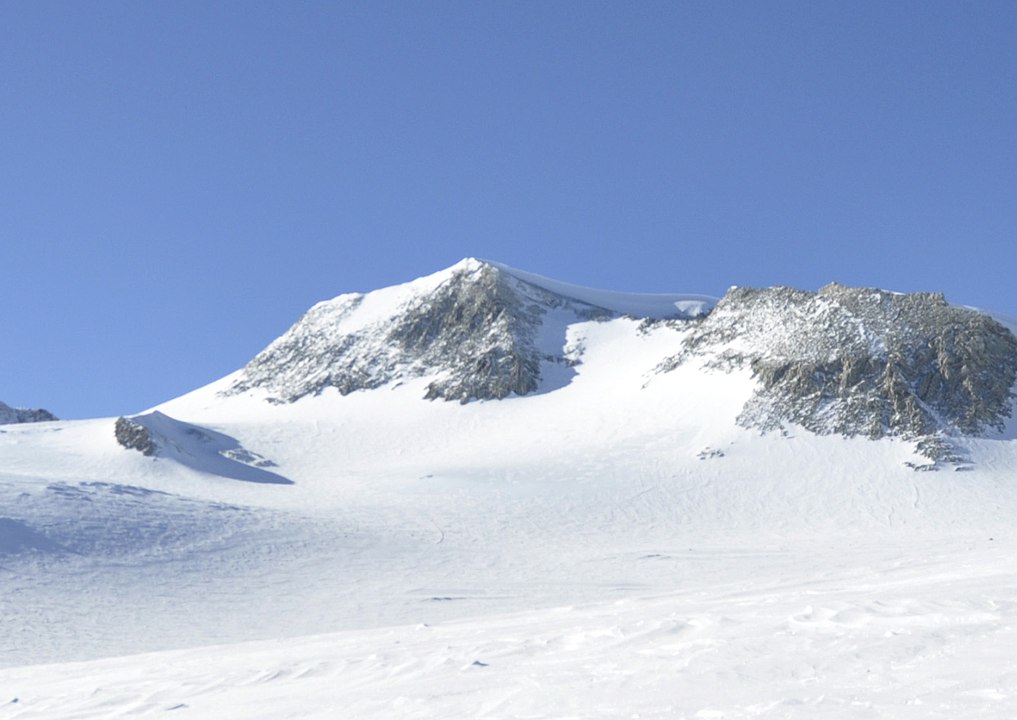
#15 – An underground lake in Antarctica has not frozen over in millions of years.
Weird but true Antarctica fact: Deep beneath Antarctica’s ice sheet lies a gigantic hidden lake called Lake Vostok. It has been buried under thousands of feet of ice for at least 15 million years. Larger than Lake Ontario, Vostok is one of the biggest lakes by volume on the planet. And it’s underground!
The ice insulates the lake keeping it liquid at over 35 degrees Fahrenheit even though the surface far above is below -100 F. Cut off from light, air, and heat for so long, Lake Vostok is one of the most inhospitable places on Earth. Scientists are eager to see if any life could exist in its isolated waters. This crazy environment is one of the most unique places on Earth.

Fun Antarctica Facts for Kids – Wrap Up
Thanks for exploring these fun Antarctica facts for kids! This freezing continent is filled with extreme conditions, strange landscapes, cool animals, and tons of ice. It has eyeball-freezing temperatures yet also active volcanoes, midnight sunlit summers, and noisy penguins. It really is a fascinating place for both kids and adults to learn about. Hopefully, these entertaining bits of trivia inspire you to learn more about Earth’s southernmost continent at the bottom of the world. And if you ever get the chance to visit, pat a penguin on the head for me.


